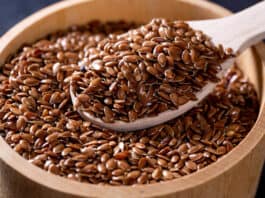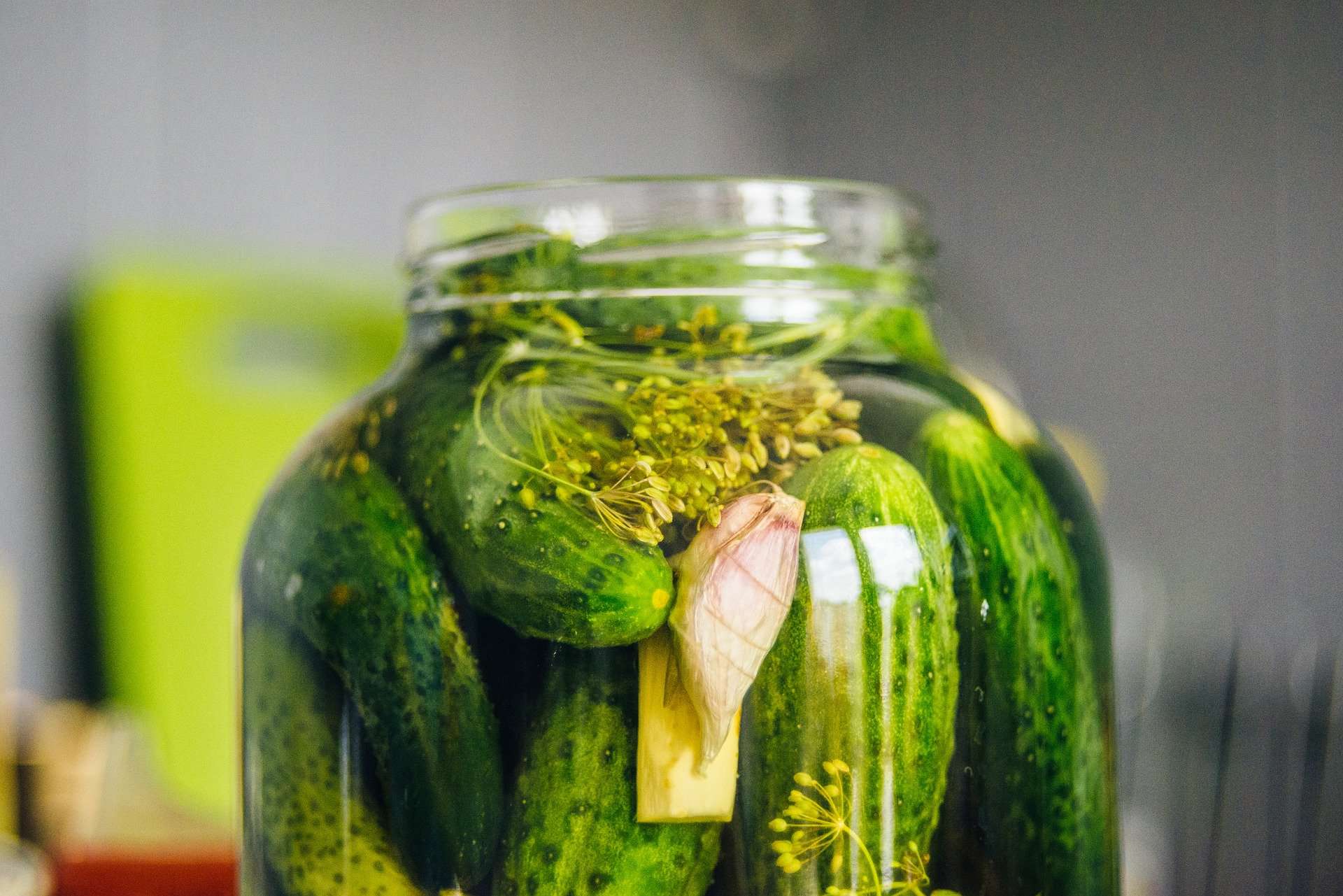
The richness of nature squeezed into cans for the cold months
Of course the best cans are the ones we prepare at home. However, the best cans our grandparents prepared, because they used the fruits and vegetables in their own garden. These fruits and vegetables were not treated, they tasted and that’s why we always think about the taste of childhood.
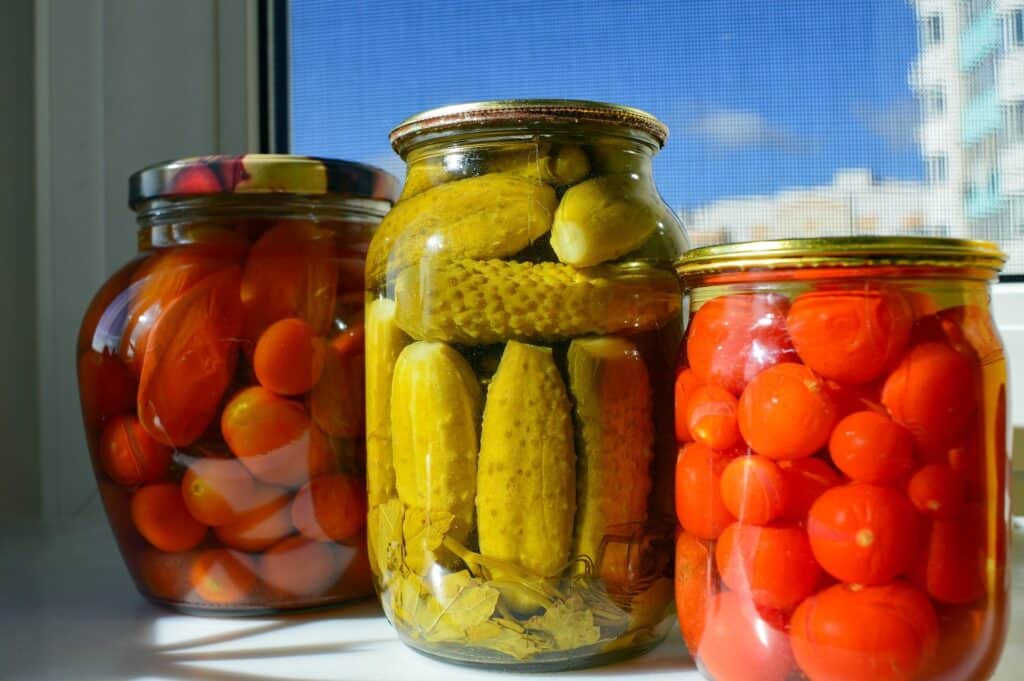
In the summer and autumn months we accumulate all the richness of nature by preserving fruits and vegetables for cool winter days. But it requires a little work, it’s cheaper and we have total control of the ingredients.
Hear every day that you need to eat fresh fruits and vegetables. Perfectly true. But what do we do in winter? It is certain, supermarkets are full of fresh vegetables and fruit. It’s just that if we eat fresh vegetables in January, we need to know that they include more preservatives than we can count. To have a nice fresh courgette in December, it means eating a soup of Es. And for a fresh pear in the middle of February, manufacturers around the world are using over 40 different chemicals to make this performance achievable.
Canned, the best alternatives for winter
In summer and autumn we make winter supplies and preserve them in four optimal ways: quick freezing, saltpickles, fruit jams and jams and sun-dried delicacies.

Freezing fruits and vegetables is the best way to enjoy all winter of minerals, vitamins, enzymes. In other words, exactly what our body needs. In addition, there are fruits and vegetables that we have to offer to children, rather than those bought in the supermarket which are, in fact, chemical cans, despite their excellent appearance.
Regardless of the frozen vegetable, it must be perfectly healthy, washed and cut into small cubes to optimize the storage space. Vegetables and fruits are put in small bags, as long as we estimate that we will consume only once. The advantage of freezing is multiple. First of all, all active substances in vegetables and fruits are 80% maintained. Secondly, if we put in the freezer vegetables and fruits, taken in the middle of the season from known sources, we have biological material that has not been subjected to chemical processes. The juices prepared in winter with the fruits in the freezer are wonderful for the intake of vitamins and minerals much needed by the body in the cold period.
Sugar-free jams
I have to admit, I like sweet jams, but I’ve also discovered sugar-free ones. Sugar-free plum jam lasts best throughout the winter. They choose fresh, very ripe plums to have a lot of sugar. Sprinkle well with the juice of a lemon, which is a preservative. Then place in a pot of yena with a lid, in the oven. Leave on a low heat until it becomes magiun consistency, so until the water goes. The plum jam is placed in glass jars, which are then kept in the oven, with all the composition for sterilization.
Sugar-free plum jam is also an ideal product for babies (from 6 months) since diversification begins, being an excellent sweet throughout the winter. Sugar-free plum jam has an enormous amount of potassium, which we do not find in many products, being an essential element for health.
Pickled cucumbers and cold cabbage
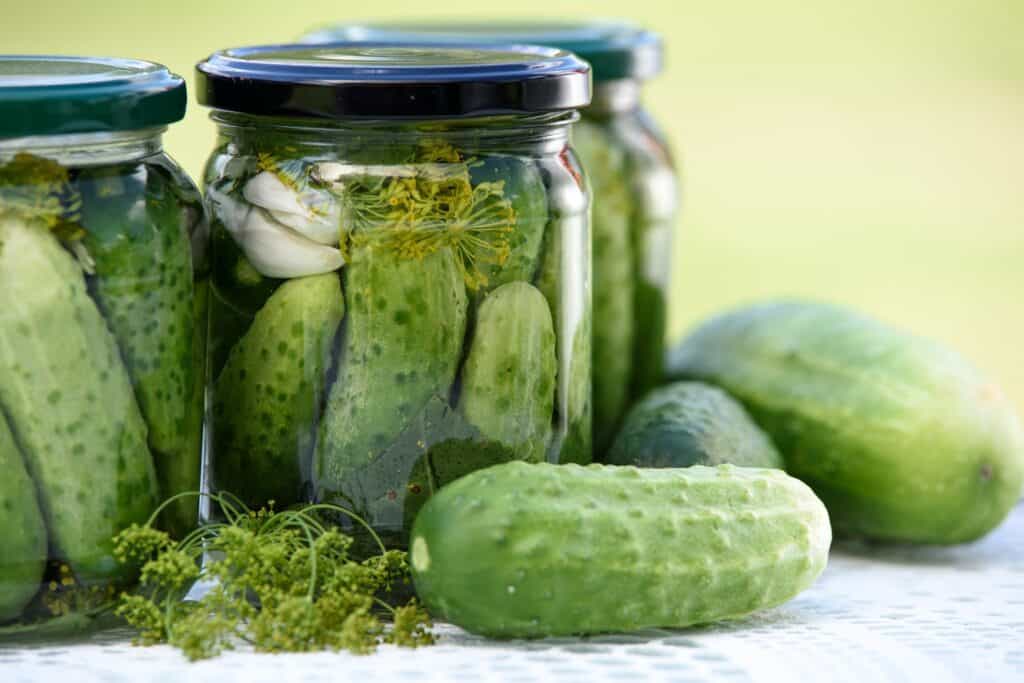
Surely you have enjoyed traditional salt pickles. We learned from our grandparents the best ways to preserve cucumbers and pickled cabbage. This method of preservation develops probiotics naturally. Probiotics strengthen the immune system and protect the colon.
When fermenting vegetables, bacteria are born which, together with the microflora in the body, will help strengthen immunity, alleviate the symptoms of allergies and even have anticancer effect, as they have the ability to reduce inflammation in the body, one of the main causes of the occurrence of cancer.
The simplest recipe to put pickles: water and salt (salt jam, not iodized), without any other addition of the type of sugar or vinegar. Not to mention the bags of artificial preservatives. A spoonful of salt per liter of water, and pickles will become the stars of family meals.
It is to be avoided to pour boiled water over vegetables, because in this way we will destroy the vitamins they contain. Many people keep pickles in well-known plastic cans that are found in abundance in markets and supermarkets. These plastic containers will discharge extremely harmful substances into the food. Let’s remember how our grandparents kept pickles in wooden barrels and large glass jars. We should go back to these methods.
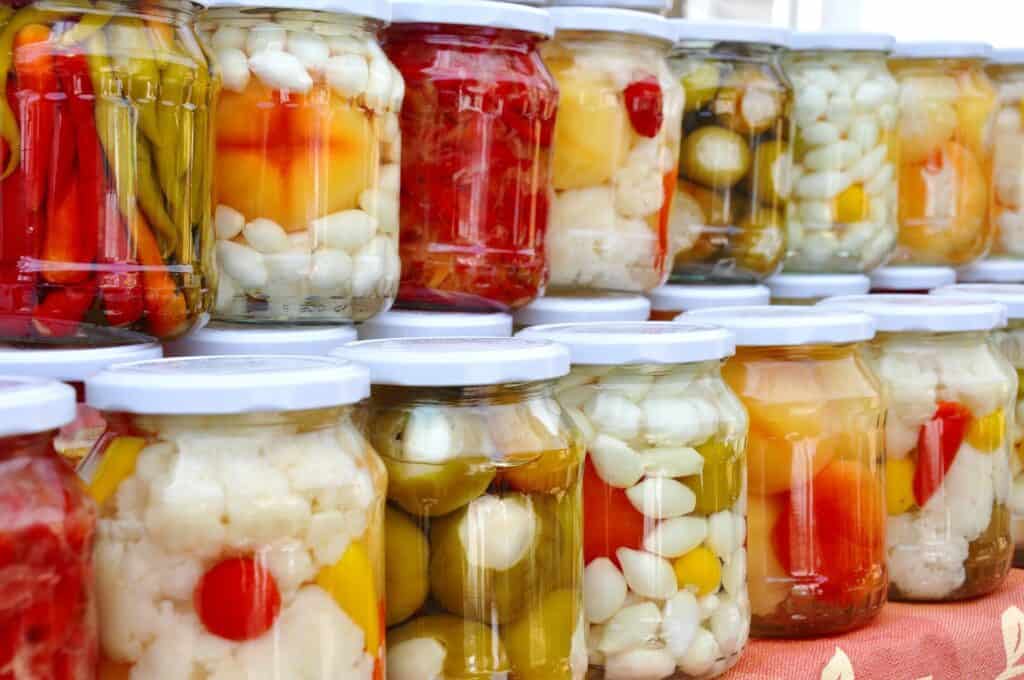
When we pickle cucumbers or fresh cabbage, we cut them into thin slices, to fit as much quantity as possible in the chosen container. We can choose 5 or 10 liter glass jars (the safest material proven so far for human health). Sprinkle the vegetables in the jar by hand so that the quantity is satisfactory in each container. How many liters the jar has, how many tablespoons of salt we put. After putting the salt in the jar over the vegetables, we add cold, clean water. At the end we add to the pickles a few sprigs of cherry. In pickles we can add mustard beans, peppercorns, dill seeds. In the end, we will have a clean, nutritious, excellent product in the flu season.
It is also necessary to take into account the way pickles are consumed, with a focus on food combinations. For example, it is good to eat pickles next to legumes, potatoes or meat.
Pickled cabbage is excellent in the detoxificationprocess, making it ideal in slimming straps. In addition to its unmistakable taste, pickled cabbage is very rich in Vitamin C helping to counteract the negative effects of red meat. During the winter holidays almost every family has the traditional salts at the table. Combining meat with pickled cabbage, our digestive system will not suffer.
Sun-dried fruit and vegetables
If we have grandparents in the country or a court case, why not enjoy it? I remember how our grandparents kept the grapes, the nuts and the apple trees. You can do the same with cherry tomatoes in season. We choose Romanian cherry tomatoes, small and full of pips. We prick them with a needle, so that the juice drains easily and does not spoil. We lay them on a piece of wood in the scorching sun until they become some kind of raisin.

At the same time we put to dry and a large bundle of fresh basil. After the tomatoes have been perfectly raisin, we put them in pre-sterilized jars in the oven for 15-20 minutes (on low heat). We take them out, leave them to cool and add to each jar a teaspoon of dried and shredded basil. Then fill the jars with olive oil. It is a can that lasts all winter if kept cold. Also in the sun can be dried with brio and forest mushrooms or apples. Put on the rope with a needle and leave them to ultraviolet.
I wish you a winter with delicious cans!
Nature never says one thing and another philosophy.
Juvenal

